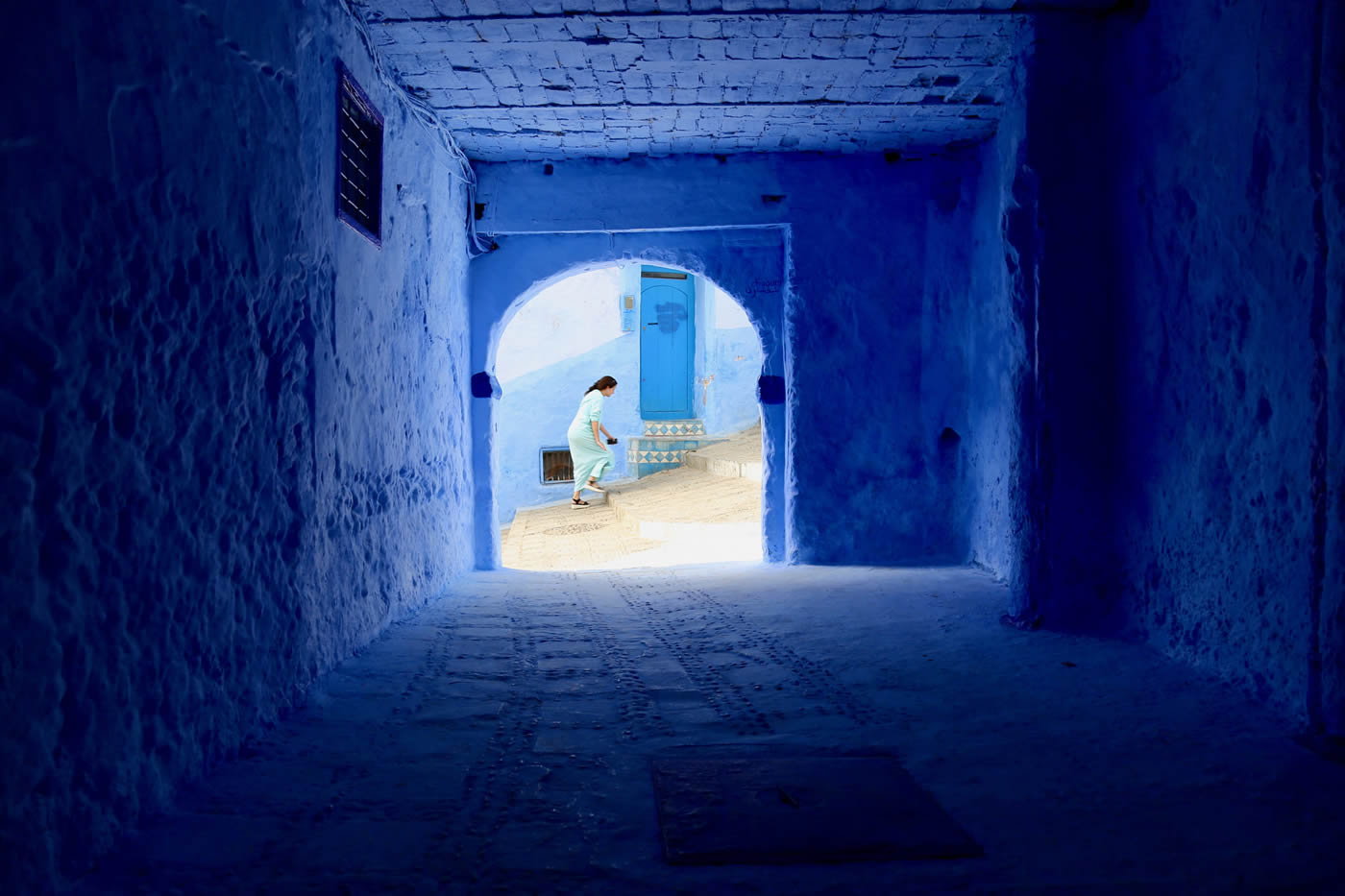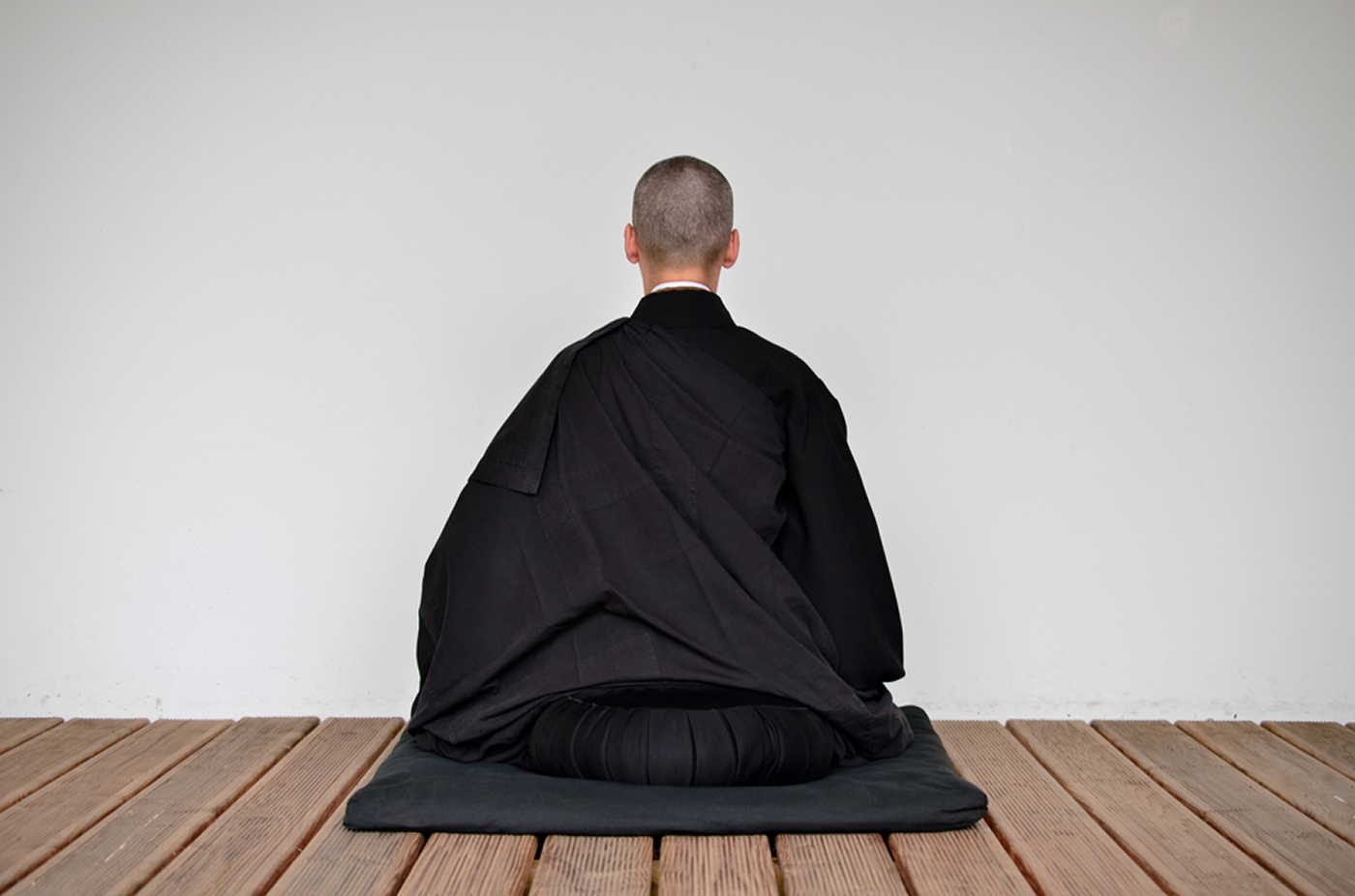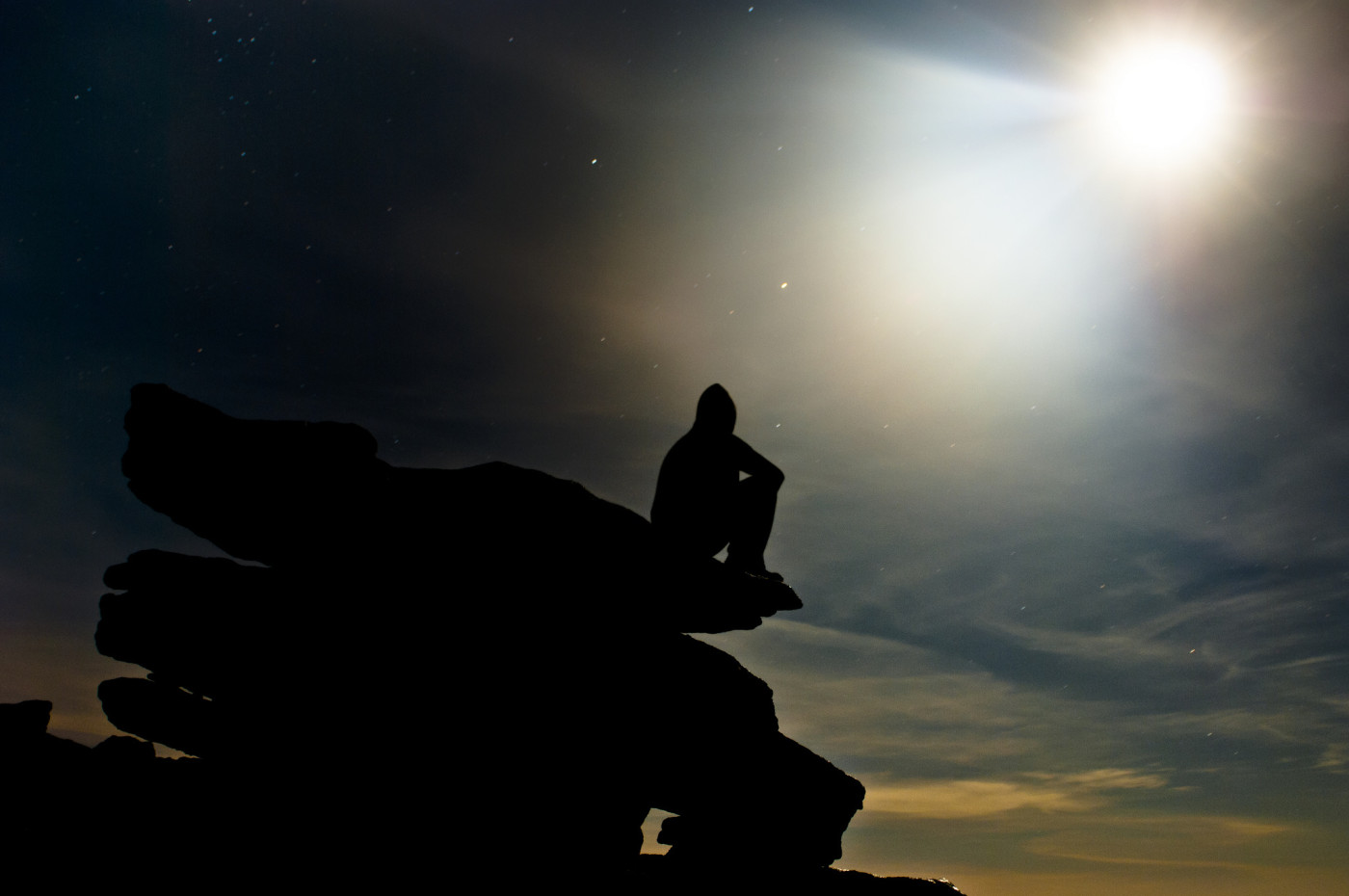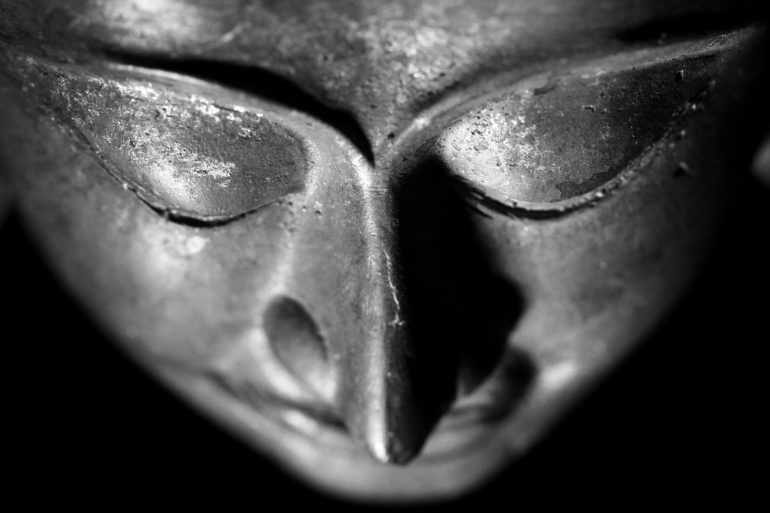This is a very interesting topic for anyone serious about a spiritual path, especially for serious meditators and practitioners of yoga. As we explore this idea here we’ll also include links to related content on The Knowledge Base so you can delve deeper into some of the ideas introduced in this post.
Lord Atisha was the person who first brought the teachings of the Steps to Enlightenment, or lam-rim to Tibet. Tibetan sources date his birth to 982AD. In the descriptions of Lord Atisha’s life it is said that, at the tender age of 6, Lord Atisha “already understood how to make the distinction between the inner and the outer.” Pabongka Rinpoche and others state that this is an extraordinary level of understanding; and Lord Atisha himself later remarked that “There are only three people in the world who really understand this point: myself, Naropa, and Shantipa. Naropa is gone [one source says, to the Heaven of the Angel], and I have come to Tibet. [Another source adds here: “Shantipa has passed away.”] And so things in India are bad.”
What does this distinction between inner and outer involve, and how can we utilize it on our spiritual journey?
The fact that Lord Atisha had grasped this distinction is mentioned in various sources, but few of them discuss what it actually involves. Dzeme Rinpoche, one of the closest disciples of Trijang Rinpoche, says that this is a reference to the difficulty of distinguishing what is inner and what is outer in the tantric teachings.
He goes on to discuss a misunderstanding about what “inner” and “outer” refer to in the system of the Wheel of Time, or Kalachakra. In understanding this system, two ideas are very important.
One is that we need to have a clear idea about how the appearance that the things around us are outside of us, and seem therefore not to come from us, can be reconciled with what we understand is really happening: that seeds in our mind are opening and creating images that we impose upon the raw data around us.
That is, are we just living a lonely life within our own heads? Is everyone around us just a figment of my own imagination? How then can I interact with people in a meaningful way?
The masters of the Middle Way explain this for us by saying that, yes, things that appear to be outside of us are coming from us—but our mind is projecting them as outside things, which means that they are outside things, and we can have meaningful interactions with them.
The secret teachings of the Kalachakra take this theme one step further, into what we can call the “Onion Skin” model of how we relate to the outside world. In this model, we see ourselves, and the world and the people around us, as being like layers of an onion.
One layer is obviously our gross physical body, which is sustained by food and the oxygen in our breath. The breath itself is connected to the next layer down, which is the prana or inner energy which passes through thousands of tiny light channels of an inner body that provides the foundation for our gross body of skin and flesh.
Upon this prana rests another layer, our thoughts, riding upon the prana, but also providing the basis for the prana when these thoughts cause us to perform actions of body, speech, or mind. These actions are karma, the seeds of karma, which provide another layer down—all the physical parts of ourselves are forming around how we have treated others in the past, in the same way that ice forms layers around a twig, and these layers take the outline of the twig.
At the core of it all is the final inner layer—emptiness—comparable to the little round empty spot that we see in the very middle of an onion. This is the fact that at bottom everything in the world is like a white movie screen before the movie is projected onto it; we can call it “availability” really, the fact that nothing is anything until a karmic seed opens in our mind and forces us to see it in a certain way.
We can see the “inner” layers of ourselves then as starting with emptiness; which determines and is determined by our thoughts; which ride on but also direct our prana; which is channeled through our inner body and provides the basis for breath; which sustains the gross outer body, all the way out to the skin.
But what about beyond the skin?
One of the deepest teachings of the Kalachakra system is that our outer world is just one more layer of our own being: it too is forming around the patterns of how we treat others, how well we take care of them. The highways and cities and countryside and weather that surround us are all following the pattern of how we care for others. This means that we can literally change the world just by working on our own thoughts and behavior.
And this then is the “breakthrough” realization that Lord Atisha had by the age of 6—the understanding of the distinction between inner & outer!
The content for this post was taken directly from the following course on The Knowledge Base, to take the full course please follow the link below:
Steps to Enlightenment 03: Why Are We Alive? The Quest to Create a Perfect World

- The Wisdom of Arya Nagarjuna Course 6: Medicine Buddha & Nagarjuna’s Wisdom (2024, Arizona) - March 31, 2025
- Дар освобождения 42: Сила Мечты: Воплощаем Великие Идеи В Жизнь (2023, Kyoto) - March 29, 2025
- Món Quà của Sự Giải Thoát 42: Năng Lực Đối Với Mơ Ước: Đưa Những Ý Tưởng Vĩ Đại Vào Đời Sống (2023, Kyoto) - March 29, 2025












